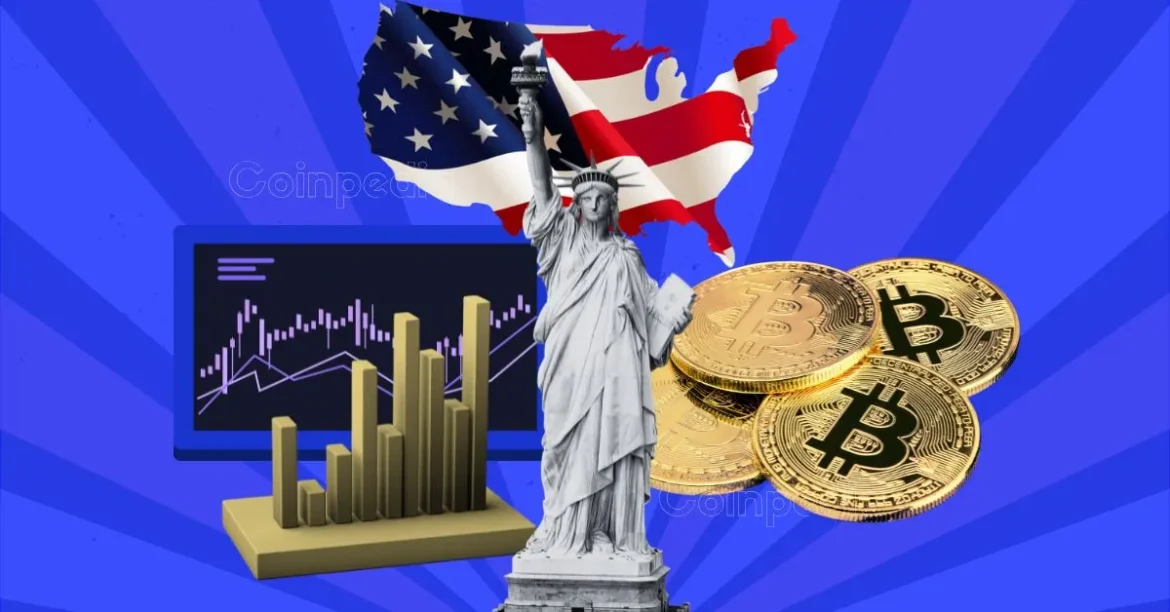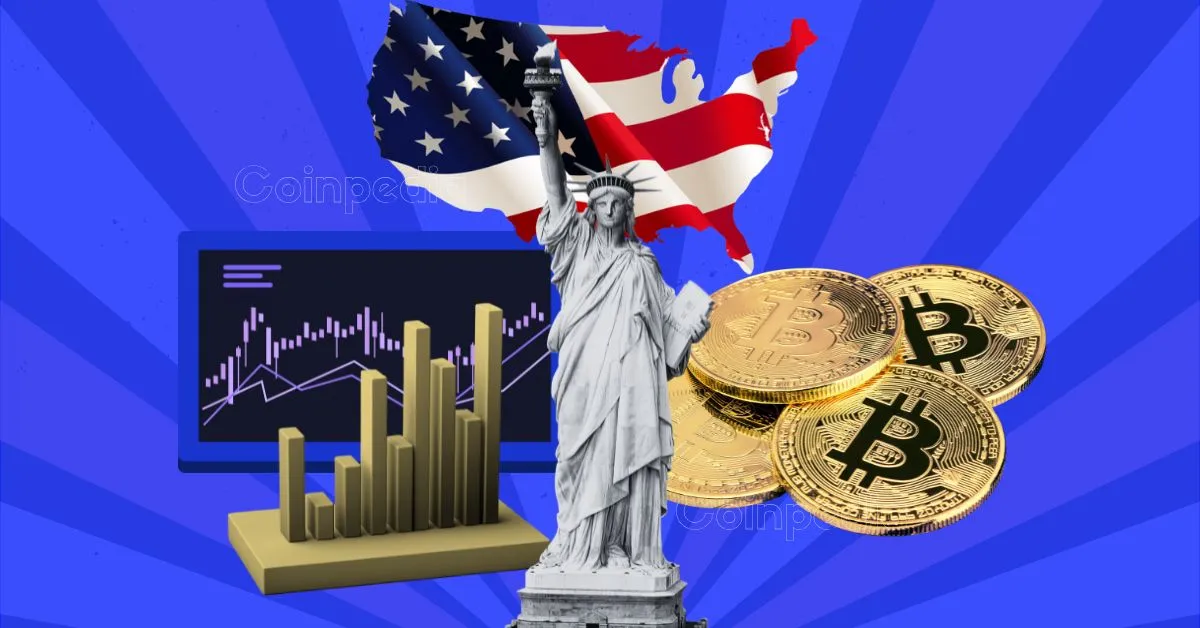How Key U.S. Economic Indicators Shape Cryptocurrency Markets
Cryptocurrency markets, often perceived as isolated or independent from traditional finance, are increasingly sensitive to U.S. macroeconomic data. June, following a strong May with an 11% gain in some crypto assets, promises an especially active period for crypto investors due to a slew of crucial U.S. economic reports. Understanding the nexus between these traditional financial indicators and digital assets like Bitcoin, Ethereum, and altcoins is vital for navigating market volatility, positioning portfolios, and anticipating Federal Reserve actions that indirectly influence crypto valuations.
—
Important U.S. Economic Data Set for Release
Among the high-impact reports scheduled in the near term, several stand out:
– Non-Farm Payrolls & Unemployment Rate (June 6): This monthly employment report is a key pulse of the U.S. labor market. Strong job growth often signals economic robustness, which may lead the Fed toward tightening monetary policy—potentially dampening risk appetite and weighing on crypto prices. Conversely, weaker data could encourage easing or hold in rate hikes, often buoying crypto.
– Producer Price Index (PPI): Reflecting average price changes domestic producers receive, excluding volatile sectors like food and energy, PPI gauges upstream inflationary pressures. A rising PPI can herald broader inflation, affecting the Fed’s policy stance and market sentiment. For crypto, elevated inflation can either drive interest as a hedge or discourage risk-taking due to prospective rate hikes.
– Consumer Price Index (CPI) and Core CPI: These inflation measures strongly influence expectations for Federal Reserve interest rate decisions. If inflation appears contained or slows, crypto markets may rally on hopes of dovish Fed policies. Conversely, persistently high CPI numbers tend to pressure risk assets, including cryptocurrencies.
– Federal Open Market Committee (FOMC) Minutes: Detailed insights into Fed discussions shed light on future policy trajectories. Hawkish tones typically unsettle crypto markets, while dovish signals can spark bullish momentum.
– Job Openings and Labor Turnover Survey (JOLTS), ADP Employment Data: Supplementary labor market reports that feed investor expectations about economic health and the likely Fed path.
Additional data like the U.S. GDP revisions, retail sales, consumer confidence, and the S&P Global U.S. Services PMI also provide context on spending trends and economic outlooks critical to crypto valuations.
—
The Mechanism: How Macro Data Influences Crypto
The relationship between traditional U.S. economic indicators and cryptocurrency markets is multi-layered:
– Interest Rates and Monetary Policy: Cryptocurrencies are often seen as risk-on assets. High interest rates increase the opportunity cost of holding volatile assets, reducing demand. Thus, positive economic data that imply further Fed tightening may weigh on crypto prices. Conversely, signs of economic slowdown or easing may lower yields and encourage investment into crypto as an alternative.
– Inflation Expectations: Cryptos like Bitcoin have been touted as inflation hedges. Rising inflation may drive demand for decentralized assets perceived to hold value independent of fiat devaluation. However, if inflation triggers aggressive rate hikes, the resulting tighter financial conditions often override this effect, pressuring crypto valuations.
– Market Sentiment and Volatility: Economic releases, especially unexpected ones, usually induce volatility not only in traditional equities and bonds but also in crypto markets. Sudden swings around data releases are common as traders reposition based on revised macro assumptions.
– Dollar Strength: U.S. economic strength tends to bolster the dollar, which can inversely affect crypto prices denominated in USD. Conversely, a weaker dollar amid economic concerns may bolster cryptocurrency demand.
—
Crypto Market Trends Amidst Economic Data
The recent performance of Bitcoin and major altcoins reflects this interplay:
– May closed strongly, possibly fueled by stabilizing inflation signals and optimism about regulatory advances such as Ethereum spot ETFs approval in the U.S.
– Upcoming employment data and inflation figures have stirred expectations of volatility and cautious positioning.
– Analysts track the convergence of multiple indicators—for example, jobless claims alongside inflation readings—to predict Fed moves influencing crypto’s trajectory.
Historical trends suggest that crypto markets have settled into a pattern where they react similarly to macro-economic reports as traditional risk assets, albeit sometimes amplified due to their inherent volatility and speculative nature.
—
Strategic Approaches for Crypto Investors
Given the volatility anticipated from the impending U.S. economic releases, crypto investors can consider several strategies:
– Monitoring Economic Calendars: Keeping a close eye on scheduled reports like Non-Farm Payrolls, CPI, PPI, and FOMC minutes provides a tactical edge for timing entries or exits.
– Volatility Preparation: Utilize risk management tools such as stop losses or options strategies to hedge against sharp moves during major data releases.
– Diversification: Balancing exposure across Bitcoin, altcoins, and stablecoins can help mitigate risk from sudden macro-driven swings.
– Sentiment Analysis: Tracking market sentiment and Fed commentary can inform longer-term biases about crypto market cycles under evolving economic conditions.
—
Conclusion: The Growing Interconnection Between Economy and Crypto
The crypto market’s rhythm increasingly harmonizes with U.S. economic fundamentals. Key data releases—employment figures, inflation measures, GDP revisions, and Federal Reserve communications—serve as catalysts for market volatility and directional shifts across cryptocurrencies. For investors, grasping this dynamic is crucial: the macroeconomic landscape no longer operates in isolation from digital assets but actively shapes their valuation and risk profile. Positioned at the intersection of traditional finance and innovative technology, the crypto market reflects broader economic narratives while offering unique opportunities and risks. Those attuned to these economic indicators stand better equipped to navigate the unpredictable yet promising world of cryptocurrency investment.





